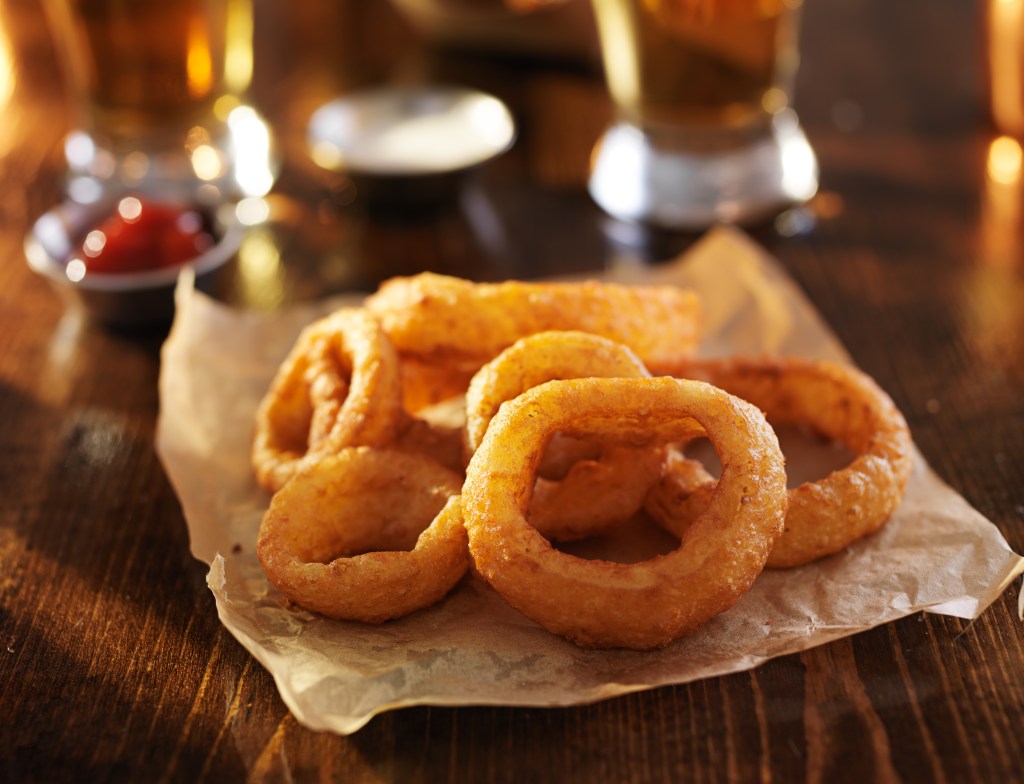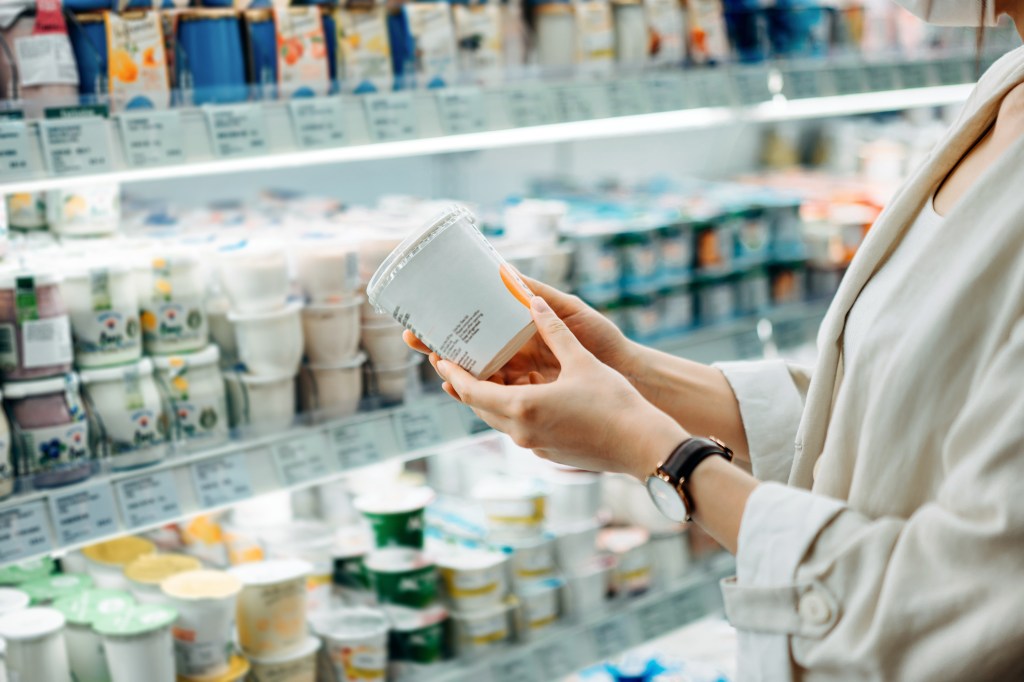The chocolate consumer
Modern marketing relies heavily on data-driven decision-making. Understanding the consumption occasions of chocolate consumers provides valuable data that can inform decision-making. Marketers can analyze when and where consumers are most likely to eat chocolate, as well as what motivates their purchase, allowing them to customize marketing strategies to be successful.
The team behind Consumption Moments — the new NIQ solution that unpacks consumption occasions and insights powered by in-the-moment mobile app data collection — recently conducted a study focused on consumption occasions across sweets and snacks. Results showed that chocolate represented the majority of consumption occasions across sweet treats at 39% and was a critical choice amongst consumers, with nearly 80% of respondents consuming the category. This is mirrored in retail trends, with chocolate sales up 6.1% in the U.K. for the most recent 52-week period.
Below, we’ve identified 4 key opportunities for growing the chocolate segment.
Key chocolate occasion opportunities
1: Motivating factors
Compared to other sweets, chocolate over-indexes across the motivation occasion of “I deserve a reward,” indicating an opportunity for targeted marketing surrounding weekend kick-offs and a “treat yourself” mentality. 33% eat chocolate when they’re hungry (25% share among the total sweets category), 30% say it’s part of their daily routine (16% share among total sweets), 40% say they eat it when they’re “taking a break” (14% share among total sweets), and 43% eat it when they’re having a craving (14% share among total sweets). 74% of respondents said that eating chocolate resulted in having a positive mood. So it would seem that chocolate could be perceived as a pick me up for both the physical and emotional states.
2: When, where, and with whom
Chocolate is most heavily consumed in the afternoon (especially on Fridays), with 82% of occasions happening after 12 p.m. 84% of people said they consume chocolate at home, and when it comes to the motivation occasion of “I’m spending time with others,” 54% of chocolate consumption occasions involve sharing the sweetness often with other adults.
3: What form of chocolate?
Regarding chocolate consumption, it’s no surprise that bar-sized have the majority share of occasions; however, bite-sized chocolate gets runner-up and places among the top 15 across all 100+ sweets and snacks subcategories.
4: What are consumers doing?
When asked what activities they are engaging in as they consume chocolate, over one-third of respondents said, “listening to music or podcast/watching TV/reading a book,” with “surfing the internet” and “working” closely following.
Make meaningful connections
Understanding consumption occasions allows marketers to connect with consumers in meaningful ways, ultimately driving sales and brand loyalty. Specifically, the information will enable marketers to tailor their messaging to resonate with consumers in specific situations. It will also provide product development with key insights when creating new chocolate products or variations of existing ones that cater to specific occasions, opening up new market segments and revenue streams.

Derive insights from Consumption Moments
Ready to learn more about Consumption Moments and how actionable data can help guide your marketing efforts?



